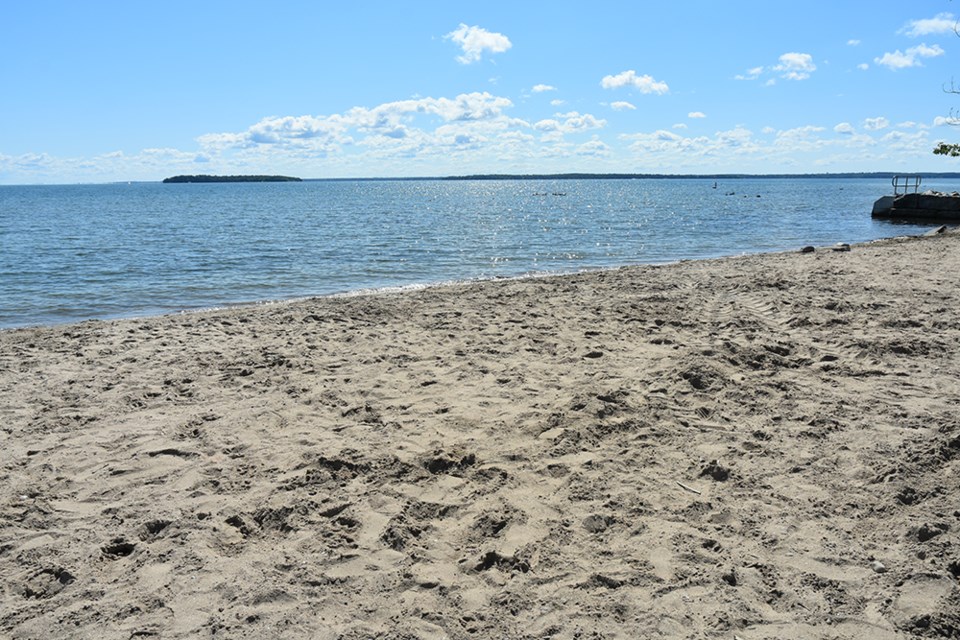The Simcoe Muskoka District Health Unit monitors the water at dozens of beaches in the region, checking bacteria levels on a weekly basis and watching for other potential hazards, including outbreaks of toxic blue-green algae.
When E.coli levels – the kind of bacteria found in feces – are elevated, the health unit will issue a swim advisory to warn of the increased risk of infection for those who venture into the water. Those beaches remain open, but swimmers are advised to refrain from ducking their head or ingesting the water.
Beaches are only closed if there is a serious health risk or – as was the case of Tyndale Park Beach and Wilkins Park in Barrie this week – if there has been damage that makes them unsafe. The two south-end Barrie beaches were temporarily closed while city crews cleaned up after a major rainstorm last weekend, but are expected to be ready to reopen ahead of this weekend.
Meanwhile, Barrie's popular Centennial Beach still has a swim advisory in place as of this morning. The advisory went into effect earlier this week following analysis of water samples.
With another hot weekend in the forecast, the information gathered by the health unit is important. For the latest testing results, click here to learn more.
As of today, all of the beaches at Innisfil Beach Park, both north and south, have a green light for swimming.
Leonard’s Beach, located at the end of Line 10, was also clear, but once again Line 9 Park Beach (also known locally as as BonSecours Beach) was a different story.
The waters of Lake Simcoe at Line 9 look pristine, but E.coli is invisible and testing has shown unsafe levels of the bacteria.
Christina Wieder, manager of the environmental health department, explained that advisories are issued when the “geometric mean concentration” in a minimum of five water samples exceeds 200 E.coli per 100 millilitres.
“Elevated levels can occur in recreational beach water due to heavy rainfall, large number of swimmers, large number of birds and animals,” Wieder noted. “High winds and waves may also impact the water quality.”
Some have suggested the design of the storm-water areas at the Line 9 park may be partly to blame, unable to handle the volume of runoff received during recent storms.
A walk along the beach uncovers a more likely cause: piles of goose droppings on the sand near the water’s edge.
Canada geese are notorious for fouling up beaches. According to reports, an adult goose can produce an average of two pounds (nearly a kilogram) of droppings each day.
The Town of Innisfil was also asked about the situation at Line 9 Park Beach.
“Our operations team has advised that they are following guidance from the Ministry of Natural Resources and have used a buffer zone (patches of naturalized space) to act as a deterrent for geese landing,” said town spokesperson Jenn Rae.
“The best deterrent to geese is people, so with the busy summer we have had at our beaches, we haven’t had many calls about this issue," she added.



